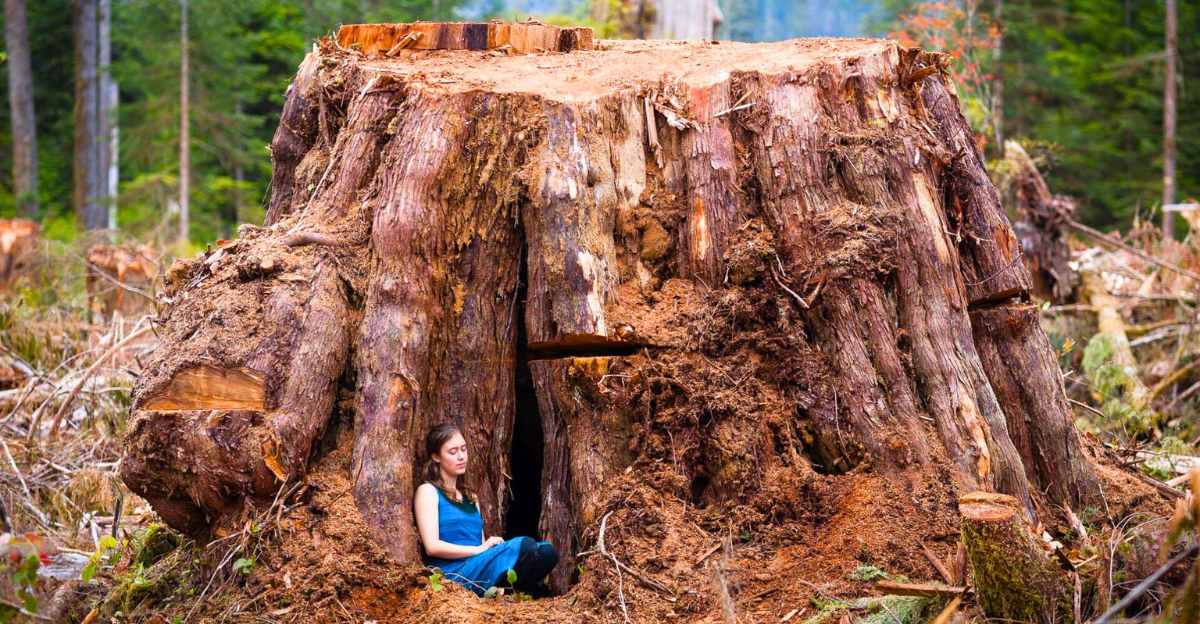
In 2022, U.S. President Joe Biden called on scientists to investigate old-growth and mature forests on federal land in order to formulate a plan to protect them. Despite the release of the inventory, improved protection policies never came to fruition. Now these environments are vulnerable to logging, development, and climate change. In this article, we explore the historical, political, and environmental factors that have contributed to this gap in conservation policy and why the fight for stronger protection is more urgent than ever.
Old-Growth Forests
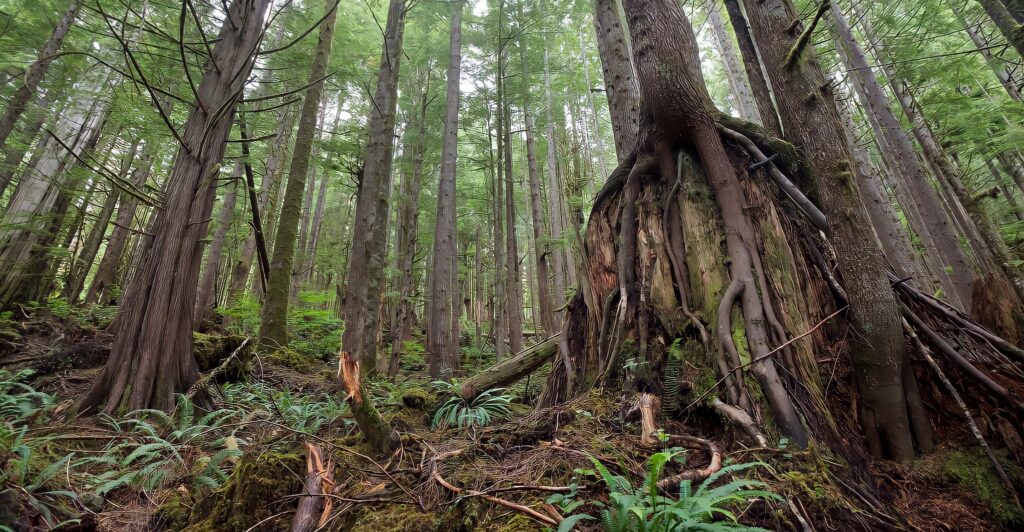
Old-growth forests are characterized by ancient trees, rich biodiversity, and complex ecological structures. They enable carbon sequestration, mitigating climate change by absorbing carbon dioxide from the atmosphere. Additionally, these forests provide habitats for numerous species, some of which are endangered, and hold cultural and spiritual value for Indigenous communities. Old-growth forests can be found across the country, with notable areas in the Pacific Northwest, Adirondack Mountains, Redwood National and State Park, and the Great Smoky Mountains.
Recent Administrative Actions and Reversals
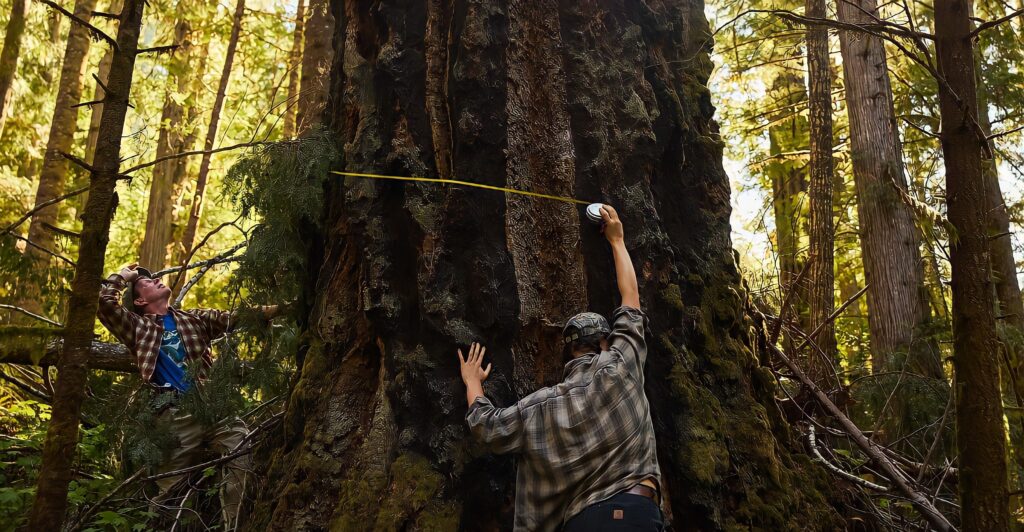
In April 2022, President Joe Biden ordered federal agencies to inventory and protect old-growth forests, leading to the proposed National Old Growth Amendment (NOGA). This amendment sought to alter all National Forest management plans to better protect old-growth trees. However, in January 2025, the U.S. Forest Service withdrew the notice of intent to prepare a NOGA environmental impact statement, indicating that more localized management approaches were needed.
Forest Management in the Past
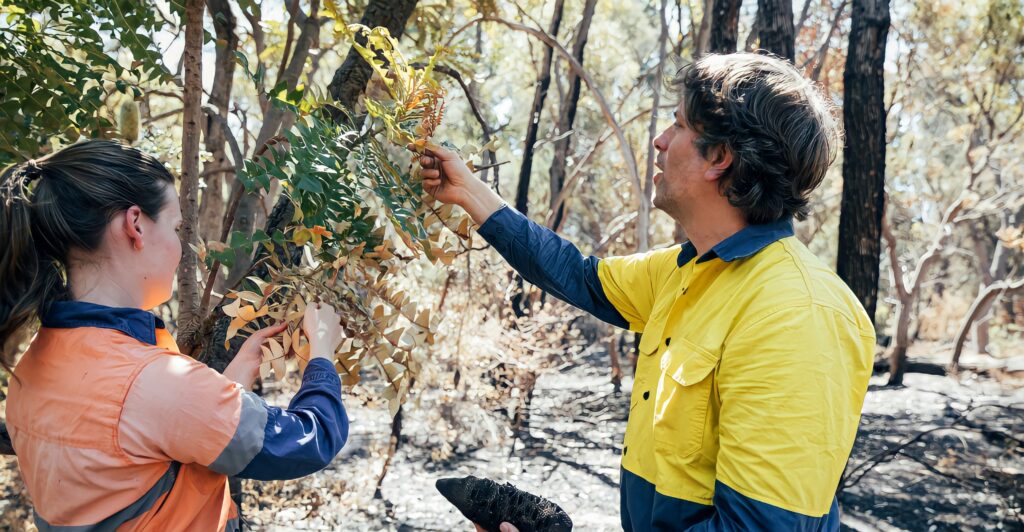
The management of U.S. forests has evolved significantly over the decades. Historically, policies favored timber production over conservation, stemming from our belief that forests would always be readily available resources. However, in 1976 the National Forest Management Act marked a shift towards environmental considerations but still prioritized multiple-use principles such as logging and development. This historical narrative informs our understanding of current challenges in protecting old-growth forests.
Political Dynamics and Lobbying Forces
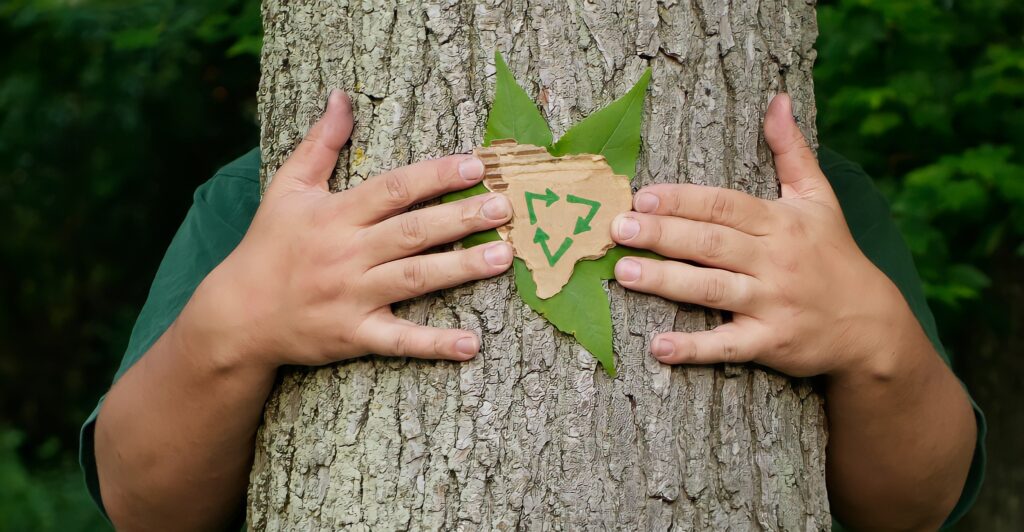
The political landscape surrounding forest management is heavily influenced by lobbying from the timber industry and conservative lawmakers. The 1980s and 1990s saw heightened tensions between the timber industry and environmentalists, with efforts to protect species leading to legal battles and logging restrictions. More recently, the Biden administration withdrew a proposed plan to protect old-growth forests due to extreme opposition from the timber industry and Republican lawmakers, illustrating how economic interests often override environmental concerns. This chapter delves into the power dynamics at play and how they hinder progress toward federal protections.
The Role of Climate Change

As with many ecosystems, climate change poses significant threats to old-growth forests by aggravating natural ecological disasters such as wildfires, pest infestations, and diseases. However, instead of enacting protective measures, policymakers still tend to resort to short-term solutions that prioritize logging under the guise of fire prevention. These policies have sparked debates over the best strategies to enhance forest resilience without compromising ecological integrity.
Rethinking Logging Practices

While many advocate for strict protections against logging in old-growth areas, some argue that selective logging can be beneficial for forest health when done responsibly. For example, reduced-impact logging (RIL) aims to mimic natural disturbances by removing individual trees and allowing younger ones to continue to grow. Studies indicate that forests recover faster this way but still lags behind old-growth resilience. These methods might be the answer that conservationists and the timber industry are looking for.
The Economic Arguments Against Protections

Further arguments against federal protections include economic concerns such as job losses in the timber industry and the benefits of logging on public lands. For example, in British Columbia, industry groups claimed halting old-growth logging could result in 18,000 lost jobs. Moreover, the timber industry has already imposed safeguards that limit logging to only 5% of federal forests. However, both arguments support short-term economic losses, prioritizing immediate timber revenue over long-term ecological and societal benefits.
Indigenous Perspectives

Indigenous communities have long-standing relationships with old-growth forests and rely on them for cultural, spiritual, and subsistence purposes. Therefore, it is important to recognize Indigenous land rights and traditional practices when trying to conserve ecological systems effectively. Recent efforts, such as the designation of the Sáttítla Highlands National Monument in Northern California, highlight the importance of incorporating Indigenous knowledge and stewardship in forest management.
Conservation Initiatives
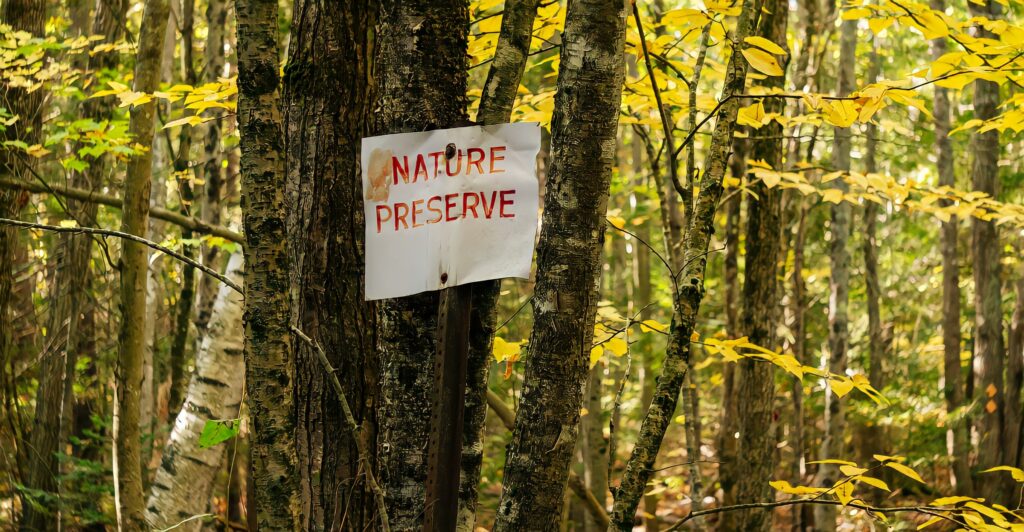
In the absence of federal protection, some states and local communities have implemented their own measures to conserve old-growth forests. Organizations like the Old-Growth Forest Network work to identify and protect these ecosystems locally, aiming to create a national network of preserved old-growth forests. Other conservation efforts include techniques that designate “patch reserves” around large trees to preserve old-growth structures and cut down low-quality trees to boost residual tree growth while generating timber revenue.
Future Policies

Future policies need to learn from past initiatives to model federal protections that balance ecological integrity with economic interests to address current challenges. To achieve federal protections for old-growth forests, a multifaceted approach is necessary, including enacting robust legislation, fostering collaboration between stakeholders, integrating scientific research, and enhancing public engagement.
Protection through Collaboration
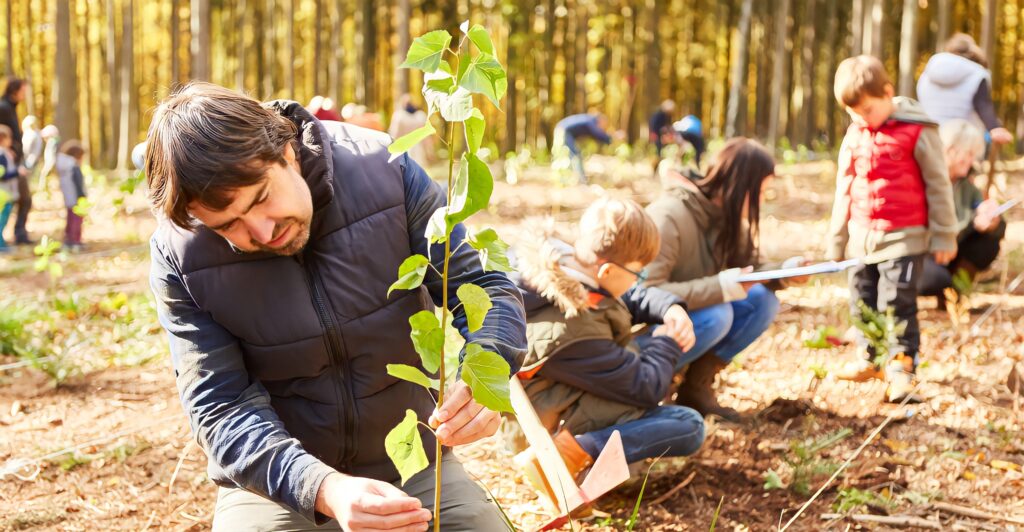
The lack of federal protection of old-growth forests reflects the deeper societal values we live by regarding nature and resource use. As climate change intensifies, it is of the utmost importance to rethink our approach to forest management. A collaborative effort between government agencies, the timber industry, indigenous communities, conservationists, and the public can create comprehensive protections that recognize the value of old-growth forests while addressing economic concerns through sustainable practices.
Explore more of our trending stories and hit Follow to keep them coming to your feed!

Don’t miss out on more stories like this! Hit the Follow button at the top of this article to stay updated with the latest news. Share your thoughts in the comments—we’d love to hear from you!







